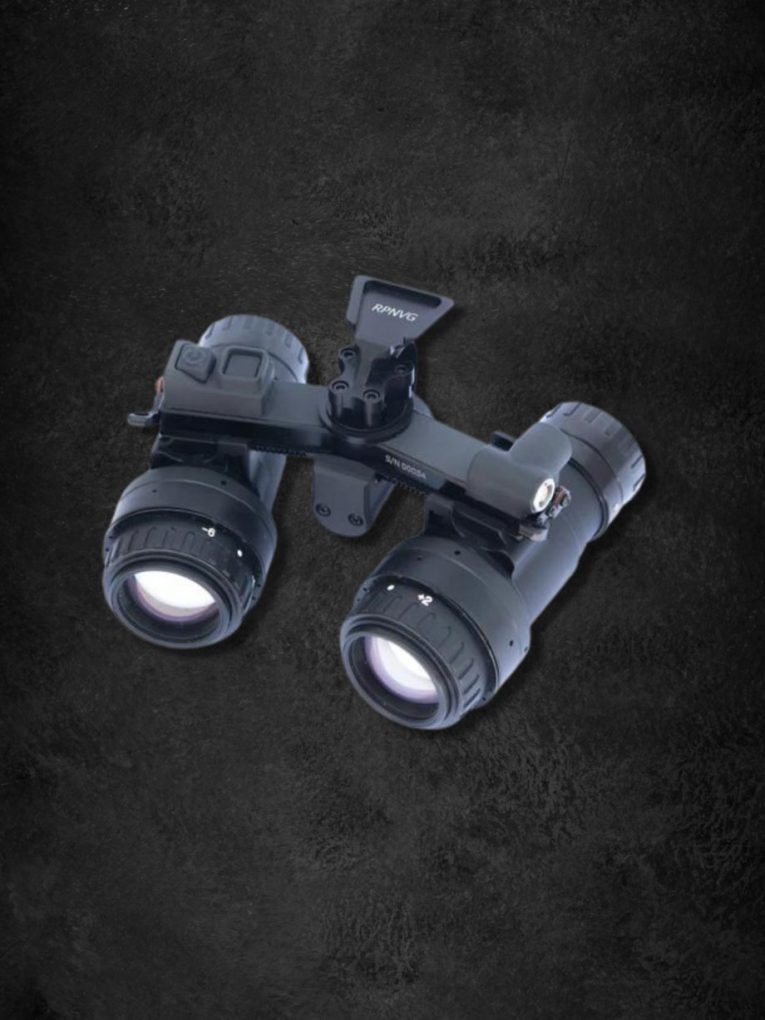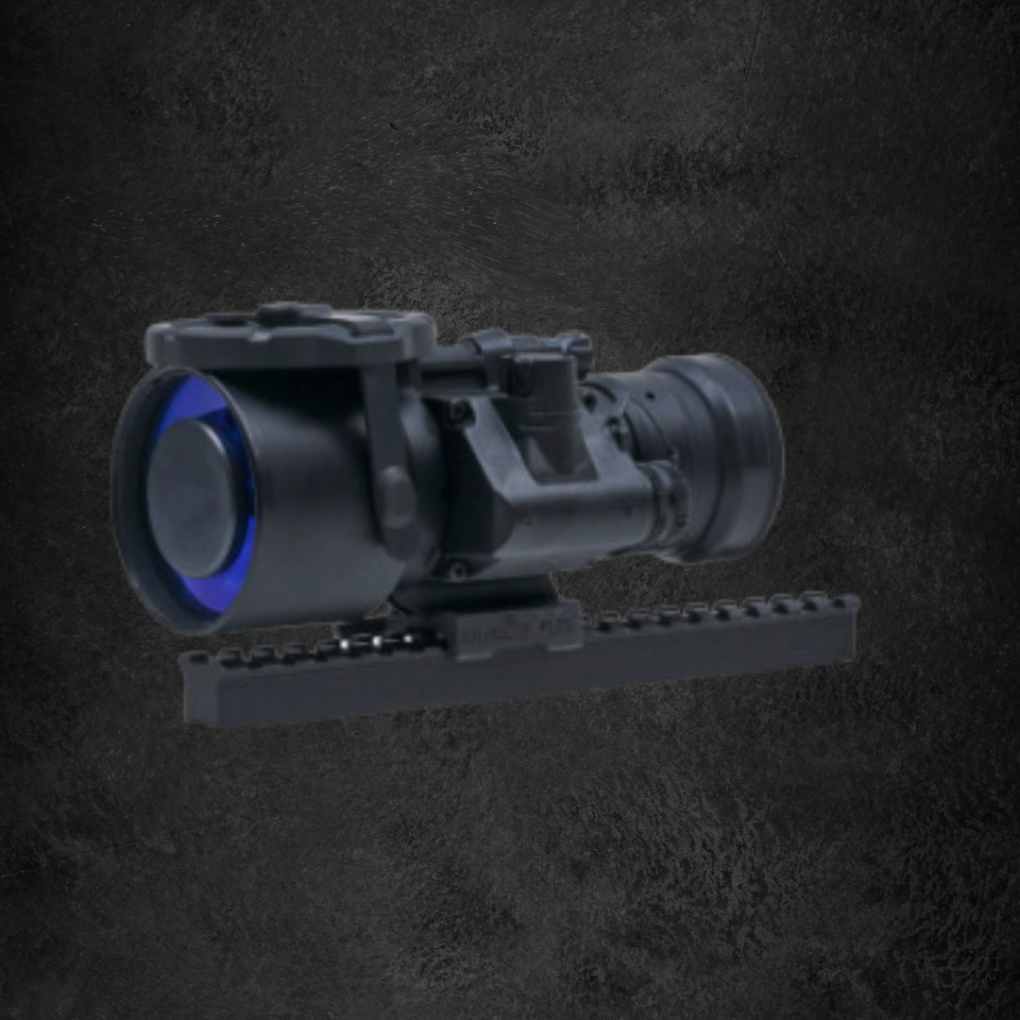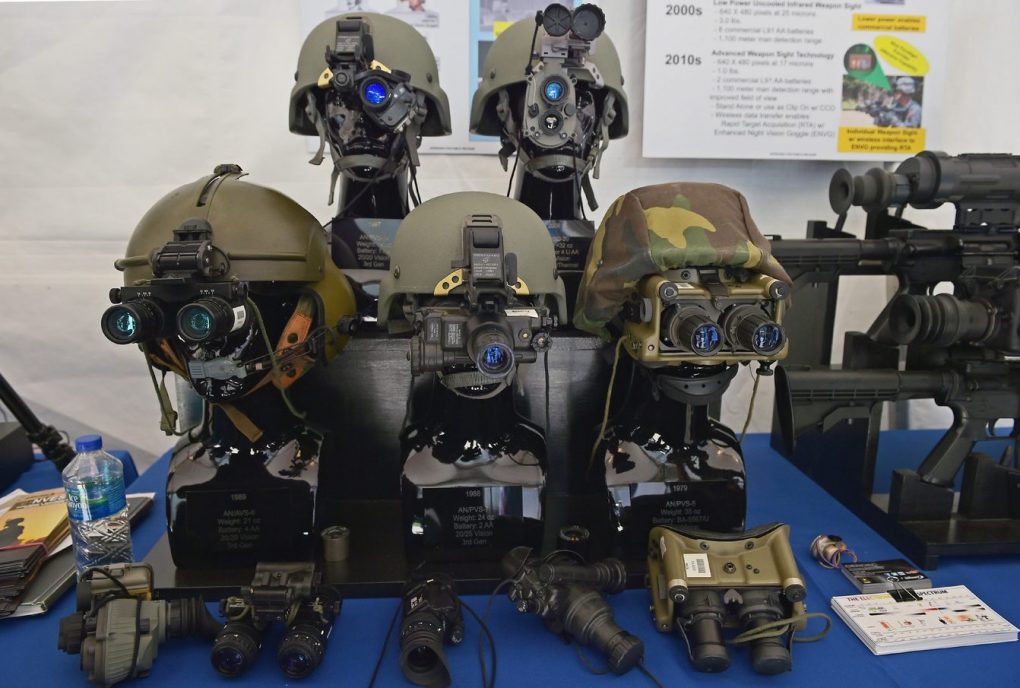Night vision technology has been around for decades, and the technology continues to evolve and improve.
Image intensifier tubes are one of the primary components of modern night vision systems, and the most recent advancements in this technology have led to increased clarity and detail in the images produced.
In addition, new technologies like white phosphor technology and fusion systems, which combine night vision and thermal imaging, have been developed to further improve the performance of night vision systems.
This article will discuss the latest innovations in night vision technology, as well as their applications.
→ Find out more in other articles by Steele Industries:
– NIGHT VISION TECHNOLOGY: A COMPREHENSIVE OVERVIEW
– BEST IN THE US: NIGHT VISION DEVICES AND SERVICE THAT CAN’T BE BEAT
– For more reading, visit our blog!
⇒ Contact:
-Call us at (800) 674-7302
-E-mail: sales@steeleindinc.com
–Facebook/ steeleindustriesinc
–Instagram/steeleindustriesinc
Advancements in Image Intensifier Tubes
Advances in image intensifier tubes have enabled enhanced vision capabilities in low-light conditions. This technology has been used for a variety of applications, from night vision surveillance cameras to night vision goggles.
Image intensifier tubes can also be used to detect objects that are not visible to the human eye in near-total darkness. Image intensifier tubes have been improved over the years to produce higher quality images with less noise and distortion.
Improvements have been made to the photo-cathode, micro-channel plate, and phosphor screen components of the tubes. Additionally, new features such as digital zoom and digital image processing have been added to the tubes to further enhance their performance.
Image intensifier tubes are now being used in a wide range of applications, ranging from military and law enforcement to medical and industrial uses.
Digital Night Vision: A New Era of Clarity
Through the use of digital night vision, unparalleled clarity can be achieved, revolutionizing the way we perceive the world around us.
Unlike traditional night vision technology that relies on image intensifier tubes, digital night vision technology utilizes a digital signal processor (DSP) to generate a near-infrared image from an image sensor.
This image is then displayed on a screen, providing a much clearer picture than that of analog night vision devices.
Digital night vision technology is much more efficient than analog night vision devices, as they are able to provide higher resolution images with greater clarity and an increased field of view.
This technology has been used in the military for decades, and is now becoming more widespread in the civilian market.
Digital night vision technology can be used in a variety of applications, such as surveillance, hunting, and recreation.
Furthermore, the use of digital night vision technology has opened up a wide range of possibilities that were impossible with analog night vision devices.
White Phosphor Technology: Enhanced Contrast and Perception
Using white phosphor technology, a heightened level of contrast and perception can be achieved, offering a new level of clarity and detail. This technology has been successfully used in the latest night vision devices, providing an improved level of clarity for military and law enforcement applications.
White phosphor technology works by capturing light from a near-infrared illuminator and converting it into visible light, allowing the observer to see details not available in regular night vision devices. This technology offers the following advantages:
- Improved contrast and visibility in low-light conditions
- The ability to see more color detail in the dark
- Enhanced clarity and detail in images and videos taken in the dark.
White phosphor technology provides a heightened level of clarity and detail, giving users the ability to see more in low-light conditions. This technology is becoming increasingly important in military and law enforcement applications, as it allows for more precise and accurate observation in the dark.
Fusion Systems: Combining Night Vision and Thermal Imaging
Combining night vision and thermal imaging capabilities into a single device, fusion systems provide users with an enhanced level of detail and clarity, allowing them to better observe their environment regardless of lighting conditions.
These systems are composed of two distinct imaging technologies and a processor which merges these images into a single composite.
Night vision technology relies on image intensifiers that amplify light, while thermal imaging utilizes infrared radiation to capture images.
The processor combines the two streams of data to create one image.
The resulting composite image allows users to observe features not visible in either of the two individual images.
This includes the detection of objects in total darkness, and the ability to differentiate between objects based on their thermal signature.
Such systems have applications in a variety of scenarios, from surveillance to search and rescue operations.
Fusion systems are also becoming increasingly popular among hunters and hobbyists, as they allow users to observe their environment in the darkest of conditions.
Applications of Innovative Night Vision Technologies
The use of night vision technology in military and law enforcement is widespread. It is utilized to increase the effectiveness of night patrols, allowing for improved detection of potential threats and improved visualization of the operational environment.
Similarly, night vision technology is used in search and rescue operations to locate missing persons in low light conditions, as well as in surveillance and security operations to monitor potential threats.
In addition, night vision technology is also used in wildlife observation and conservation to study the behavior of nocturnal species and to track the movement of endangered animals.
Military and Law Enforcement
Recent advancements in night vision capabilities have enabled military and law enforcement personnel to effectively conduct operations under limited visibility. Night vision technology helps these personnel to identify potential targets, navigate terrain, and analyze data in low-light settings.
This technology has been especially useful for military and law enforcement personnel, who have traditionally had to rely on manual methods of observation and navigation in limited visibility. The use of night vision technology in the military and law enforcement has drastically improved the safety and efficacy of operations conducted in the dark.
Through the use of infrared imaging and thermal imaging, personnel can locate and identify targets quickly and accurately. Additionally, night vision technology has enabled personnel to better identify potential threats and hazards, resulting in a decrease in the number of casualties and collateral damage during operations.
Furthermore, the use of night vision technology has enabled forces to complete operations faster and with greater efficiency.
Wildlife Observation and Conservation
Wildlife observation and conservation has benefited from the utilization of specialized imaging equipment, such as infrared and thermal imaging, to provide insight into the behavior and environment of various species.
These technologies have enabled researchers to gain a better understanding of the habitats of various species, as well as the behaviors and habits of animals in the wild.
By utilizing night vision technology, researchers have been able to observe animals at night, gaining a clearer picture of their nocturnal activities.
Night vision technology has also proven useful in the prevention of poaching activities. Poachers often operate at night under the cover of darkness, but infrared and thermal imaging allow wildlife authorities to detect them and their equipment.
This has greatly improved the chances of apprehending poachers and halting their illegal activities.
Night vision technology has also been used in the field to monitor and locate endangered species, helping to protect their habitats.
Search and Rescue Operations
Search and Rescue operations have recently benefited from the use of specialized imaging equipment to aid in locating individuals in distress.
Utilizing night vision technology, rescue teams are able to identify and locate individuals in hazardous terrain and low visibility conditions more quickly and safely. This technology is invaluable for search and rescue operations that take place during nighttime or in areas with limited illumination. Night vision technology also allows rescuers to see through smoke, fog, dust, and other environmental factors that can limit visibility.
It is also used to enhance navigational capabilities by improving the accuracy of GPS coordinates. Night vision technology is also used to detect heat sources generated by human bodies, making it easier for rescuers to identify individuals in need of assistance.
The incorporation of night vision technology into search and rescue operations has increased the efficiency and effectiveness of these operations, allowing rescuers to locate individuals more quickly and safely.
Surveillance and Security
Advances in surveillance and security have enabled increased safety and security measures for individuals and businesses.
Night vision technology, which relies on infrared sensors to detect and amplify light, has been developed to enhance security and surveillance applications. This technology is used to identify and detect objects in areas with limited or no light, and it is especially useful for security and surveillance purposes in areas of darkness.
Night vision cameras and other devices use infrared light to detect and capture images, allowing for enhanced surveillance capabilities in low light settings. In addition, night vision technology can be used to monitor areas from a distance, allowing for increased safety and security.
Furthermore, night vision technology can be used to identify potential threats, as well as to provide intelligence on the movements of people or objects. Night vision technology can also be used to detect intruders in darkness, allowing for increased security in homes and businesses.
By using night vision technology, businesses and individuals can better protect themselves from potential threats and ensure their safety and security.
Some Night Vision Devices Steele Industries Offers
AB Night Vision RPNVG – Ruggedized Panning Night Vision Goggle

Description:
Our SI/RPNVG is constructed with the latest production Elbit Systems of America, L3Harris generation 3 image intensifier tubes, and now also includes Photonis Imaging Tubes. The base model, featuring Photonis Echo WP, a commercial spec tube, starts at $7,299.98. We also offer the popular Elbit White Phosphor option, with a more budget-friendly starting price of $8,299.98. Furthermore, we provide L3Harris image intensifiers at a price of $9,899.98.
The RPNVG is powered by a single CR123A battery and includes an auxiliary LEMO port for compatibility with battery packs, such as the AB Night Vision Inc Ground Optimized Battery Pack. This goggle also boasts interpupillary adjustment points, enabling users to align the pods with their eyes perfectly. The pods feature a push-button system design for easy adjustments.
We encourage all end-users to participate in the assembly process by offering a FREE HAND SELECTION. If you’d like to be involved in selecting the minimum specifications for your unit, please include your preferences in the order notes, or write “hand select” to request a call from our team when your build queue is up. We’ll gladly assist you in hand-selecting your image intensifier at no additional cost.
DIMENSIONS: 4.7″ x 4.2″ x 2.8″
WEIGHT:621G w/Battery
FINISH: Anodized Matte Black
POWER: One (1) CR123 3v Battery, External Battery Pack
BATTERY LIFE: Approx. 30 Hours at Room Temp.
WARRANTY: 10 Year Warranty & Limited Life Time Service
GATE: Auto
GAIN: Automatic Gain Control
FOV: 40º – Variable
OBJECTIVE LENS: F/1.2
DIOPTER: +2 to -6
FOCUS: 9.8″ to Infinity
BASIC KIT: SI/RPNVG, SI/Lens Pen, Warranty Registration, Quality Check Report, Hardcase, Factory Spec Sheets
EoTech CLIPNV

Description:
The EOTECH® ClipNV is a cutting-edge clip-on Night Vision device designed to offer users exceptional target detection and identification capabilities when mounted on a rifle. Engineered for compatibility with low to medium power (1-12X) magnification day sights, the ClipNV enables night targeting while preserving the day optic’s ballistic zero. User-friendly ON/OFF, Manual Gain Control, and Focus knobs are conveniently positioned on the device. It easily attaches to Picatinny (1913) rails and features an integrated auxiliary Picatinny rail for mounting accessory equipment like IR illuminators or designators.
FEATURES:
- Rugged, compact, lightweight, and MIL SPEC
- Constructed from aircraft-grade aluminum
- Enhances existing day optic with night vision capability
- Ideal for use with 1-12X day optics
- Rated for .50 caliber
- Effortless mounting on 1913 rails without requiring zeroing
- Auto-gated power supply includes an automatic high light cut-off system to protect the image intensifier tube and enhance resolution in bright environments
- Omni-directional battery operation
- Low battery indicator visible through day sight
- Manual gain control
Conclusion
Night vision technology has come a long way since its conception.
Today, the latest innovations have enabled a greater degree of accuracy and clarity than ever before.
Advancements in image intensifier tubes, digital night vision, white phosphor technology, and fusion systems have all played a part in improving the capabilities of night vision systems.
As a result, night vision technology can be used in a variety of fields, from surveillance and security to military operations.
These innovative technologies are sure to continue to improve in the future, and their applications are likely to expand in the years to come.
Night vision technology has the potential to revolutionize the way we interact with the world at night, and it is an exciting prospect to consider.

